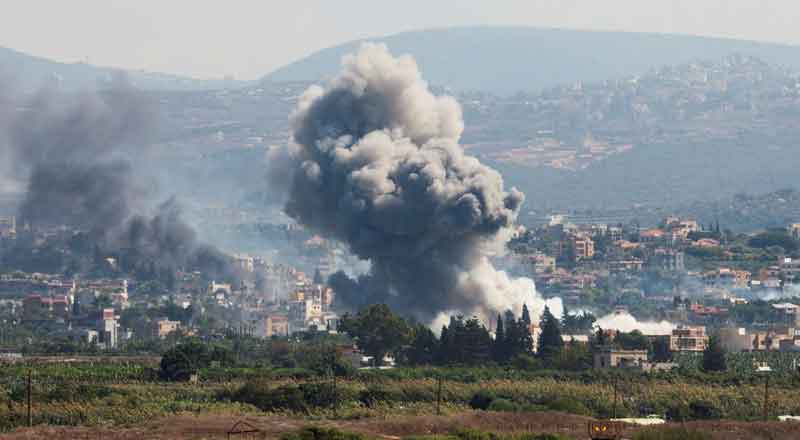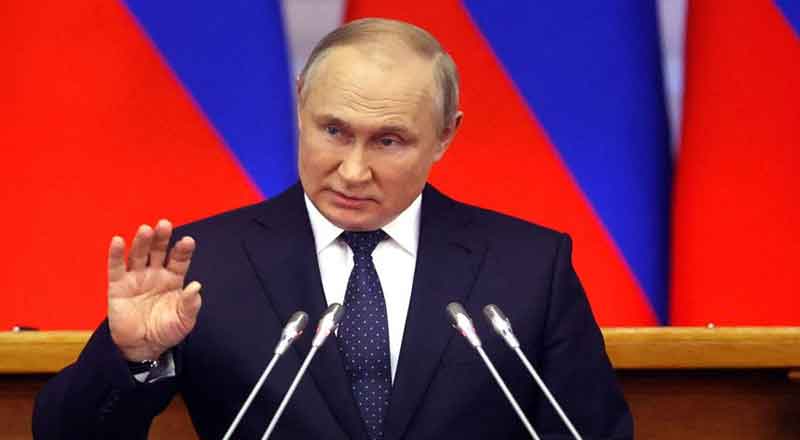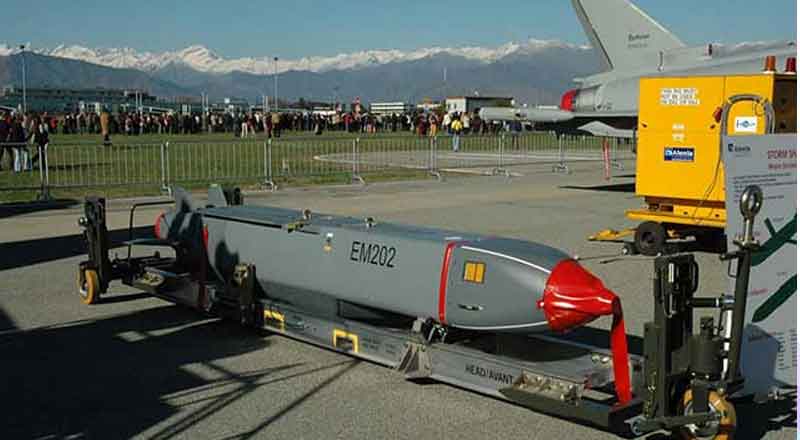A Sudden Surge in Violence
On September 23, Lebanon experienced its bloodiest day since the 2006 Lebanon-Israel war. Israel’s airstrikes killed nearly 500 people, including women and children, marking the deadliest escalation between Israel and Hezbollah in almost two decades. The operation, dubbed “Northern Arrows,” specifically targeted Hezbollah strongholds in southern and eastern Lebanon, as well as Beirut. This violent surge comes at a time of rising tensions, both between Israel and Hezbollah, and within the broader geopolitical landscape of West Asia.
Prime Minister Benjamin Netanyahu clarified Israel’s stance, stating that the conflict is with Hezbollah, not the Lebanese people. In a public message, he urged civilians to leave their homes for safety, accusing Hezbollah of using them as human shields by placing missiles in residential areas. Netanyahu framed the operation as essential for Israel’s security, emphasizing that the strikes aimed to neutralize weapons intended for attacks on Israeli cities. Despite the precision rhetoric, the scale of civilian casualties has drawn widespread international concern, as the conflict teeters on the edge of a full-blown war.
Tracing the Roots of Escalation
The seeds of the current escalation were planted a week prior when a series of coordinated explosions shook Lebanon. On September 17, hundreds of pagers, owned by Hezbollah members, suddenly exploded, killing 12 and injuring over 2,000 people. The following day, a second wave of explosions hit walkie-talkies used by Hezbollah, resulting in 20 more deaths. Although Israel did not officially claim responsibility, experts speculated the involvement of its intelligence agencies, including Mossad and Unit 8200.
The violence escalated further on September 20 when Israeli airstrikes flattened a residential building in Dahiya, a southern suburb of Beirut and a Hezbollah stronghold. The Lebanese health ministry confirmed 45 fatalities, while Israel claimed it had successfully targeted Hezbollah’s elite Radwan force, killing around 10 commanders. In response, Hezbollah launched a massive retaliation with over 100 missiles, rockets, and drones aimed deep into Israel. This was the group’s most significant counterattack since the October 2023 Hamas-Israel war, pushing the region further toward the brink of conflict.
The Strategic and Historical Context
The enmity between Israel and Hezbollah has been a long-standing geopolitical flashpoint. The 2006 Lebanon war, which lasted 34 days, left more than 1,000 people dead and caused over $2.8 billion in damages in Lebanon. Despite several ceasefires and diplomatic efforts, both sides have remained bitter adversaries. Hezbollah, backed by Iran, has consistently positioned itself as a champion of Palestinian resistance, while Israel views the militant group as a direct threat to its northern borders.
The current hostilities are also linked to the larger context of the October 2023 Hamas attack on Israel. Since that event, Hezbollah has stepped up its military actions in support of the Palestinian cause, trading almost daily cross-border fire with Israel. The growing role of Hezbollah as a military proxy for Iran, another staunch opponent of Israel, adds a significant layer of complexity to the conflict. Iran’s influence over Hezbollah has long been a source of tension in the region, as Tehran’s broader foreign policy objectives often involve challenging Israeli power and supporting groups like Hamas and Hezbollah.
In recent months, tensions almost boiled over in July when a rocket hit Majdal Shams, a Druze Arab town in the Israeli-controlled Golan Heights, killing 12 children. Israel blamed Hezbollah for the attack, but the group denied involvement. This led to Israeli strikes on Hezbollah’s top commanders in Beirut and southern Lebanon, setting the stage for the current violent standoff.
International Reactions and Diplomatic Concerns
The severity of the Israeli airstrikes has drawn swift reactions from world leaders and analysts. UN Secretary-General António Guterres has called for restraint, expressing concern that Lebanon could “become another Gaza,” a warning of the potential for even greater devastation. Josep Borrell, the European Union’s foreign affairs chief, noted that the situation is edging dangerously close to a “full-fledged war.”
Iranian President Masoud Pezeshkian also issued a stark warning, accusing Israel of laying “traps” to provoke a wider conflict in the region. He emphasized that warfare has no true winners and cautioned against being drawn into a regional war. Given Iran’s significant influence over Hezbollah, these warnings carry substantial weight, as a broader confrontation could pull in multiple actors across West Asia, including Syria and other Iranian-backed militias.
Meanwhile, U.S. President Joe Biden has focused on de-escalation. He acknowledged the danger of further violence and revealed that the Pentagon has deployed additional troops to the region “out of an abundance of caution.” Diplomacy remains a priority for the U.S. and its allies, but with both Hezbollah and Israel deeply entrenched in their positions, achieving peace appears a formidable challenge.
What Lies Ahead?
The ongoing airstrikes have raised serious questions about the future of the region. Hezbollah’s retaliatory rocket fire into Israel and its deepening alliance with Iran have made the situation increasingly complex. The United Nations Interim Force in Lebanon (UNIFIL), which has maintained peace along the Israel-Lebanon border since 2006, expressed grave concern about civilian safety amidst this intense bombing campaign. Their calls for diplomacy highlight the fragile situation, as any misstep could lead to an uncontrollable spiral of violence.
Egypt, too, has issued statements condemning the Israeli strikes, urging a diplomatic resolution. However, even with such international pressure, the future remains uncertain. Israeli officials have stated that their goal is the complete neutralization of Hezbollah’s military capacity, while Hezbollah has vowed to continue its fight against what it sees as Israeli aggression.
For now, the prospect of peace remains distant. As the death toll rises and tensions escalate, Lebanon and Israel appear poised for a conflict that could reshape the political landscape of West Asia. Whether world leaders can halt this deadly escalation remains to be seen.
(With inputs from agencies)





